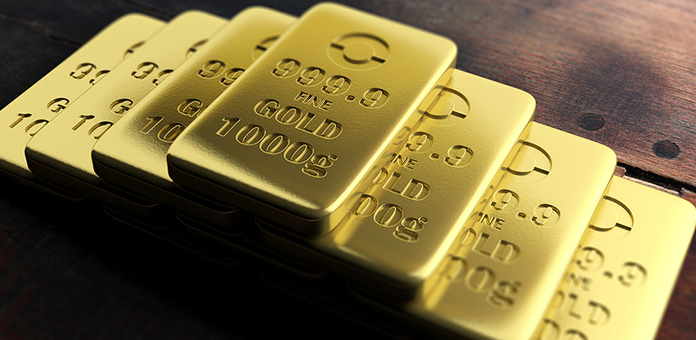
The recent action by the Fed’s Open Market Committee to raise interest rates created what some see as a surprising boost to gold prices. 1 The price increase was unexpected because rising interest rates typically place downward pressure on the price of the yellow metal, which does not pay dividends or periodic interest like other assets. What’s behind the gold price spike?
Risky Investments
Long-term gold investors are seldom swayed by short-term gains, especially during these uncertain economic times. To understand this perspective, it is important to discuss the difference in short-term speculation that often drives the market and the long-term trends that ultimately determine the underlying value of assets.
The majority of traders, speculators, and large financial institutions eke out their profits by constantly buying and selling. Prices fluctuate rapidly as these market participants react—often in swift, herd-like fashion—to news of all sorts. Economic, financial, and political factors can cause price swings that have little to do with the fundamental, long-term values of the assets being traded.
When the Fed raises rates, interest-bearing assets can provide long-term growth through compounding. However, those returns are subject to taxation, erosion from inflation, and significant losses in value during vicious market swings. In such events, it’s not uncommon for stock market investors to see 30 to 40 percent of their assets wiped out virtually overnight—hits that can eliminate decades of compounding. Values usually recover but often not soon enough for those who truly need them, such as retirees, to appreciate.
The simple fact is that achieving the highest possible return over the long term requires a properly diversified portfolio that takes full advantage of the characteristics of all asset classes.
The Real Impact of Raising Interest Rates
The global markets have just endured a decade of virtually zero and even negative returns on savings and normally income-producing assets. Thus, when the Fed makes a big deal about adding a quarter-point to its interest rates, many serious investors just yawn. This is especially the case when the FOMC is only targeting a 3 percent rate by 2019—while expecting a 2 percent inflation rate. 2 3
Simple math produces a rate of 1 percent interest on savings and income-producing assets. This should produce terror, not yawns, from those who do not have the protection of precious metals. The increasing value of gold would make such paltry returns almost comical if the impact on savers and retirees wasn’t so tragic. 4
With an extremely uncertain world economic and political picture, a mind-bending level of U.S. debt of more than $20 trillion, and a stock market crash expected, it is more than the right time to look at the long-term growth in value, protection from inflation, and peace of mind that comes with holdings of gold.


